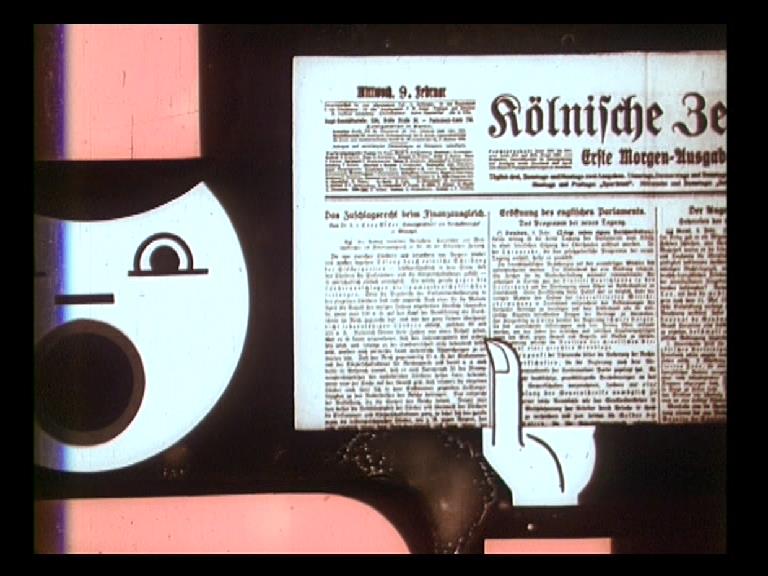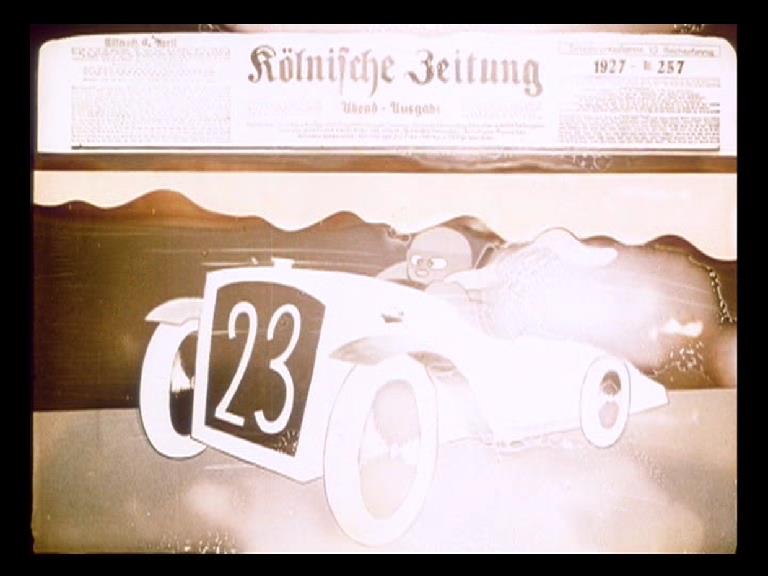Walter Ruttmann

Graduate painter and architect of the Universities of Zurich and Munich. Along with Hans Richter and Viking Eggeling he experimented with abstract filmmaking for some time. After 1925 Ruttmann decided to end his activities in this area, and directed his passion towards the exploration of film editing techniques. He is most famous for “Berlin: Symphony of a Big City” from 1927. Ruttmann later became part of the Nazi propaganda apparatus. He worked with Leni Riefenstahl, with whom he wrote the script to “Triumph of the Will.” He is also one of the cinematographers for “Metropolis” and “The Nibelungs” by Fritz Lang. Died in the battlefield during World War II, making a film chronicle about the western front.
Filmography:
Lichtspiel Opus I-IV (1921-1925)
Der Sieger (1922)
Das Wunder (1922)
Der Aufstieg (1926)
Spiel der Wellen (1926)
Berlin, die Sinfonie der Großstadt (1927)
Dort, wo der Rhein… (1927)
Deutscher Rundfunk (1928)
Melodie der Welt (1929)
Weekend (1930)
In der Nacht(1931)
Acciaio (1933)
Triumph des Willens (1934)
Im Dienste der Menschheit (1937)
Deutsche Panzer (1940)
Past events
- 01.10.2014, 20:00 - 23:00, Multikino Galaxy, Retrospective – Walter Ruttmann
Films
- Berlin, die Sinfonie der Großstadt65'
Berlin, die Sinfonie der Großstadt / Berlin: Symphony of the Big City
Production: GER 1927A silent movie from 1927. This film has been unanimously proclaimed to exemplify the expression of an new reality – a trend in art, aiming to explore true life. The creator of this production himself became a leading representative of the German avant-garde. “Berlin: Symphony of the Big City” is a vivid and furiously edited story about a past epoch, its customs and sensations. An interesting aspect of the film – quite innovative in those times – is the use of scenes of everyday life in Berlin secretly observed and shot. Numerous formal references to expressionism and avant-garde trends of the time can be discovered in this picture.
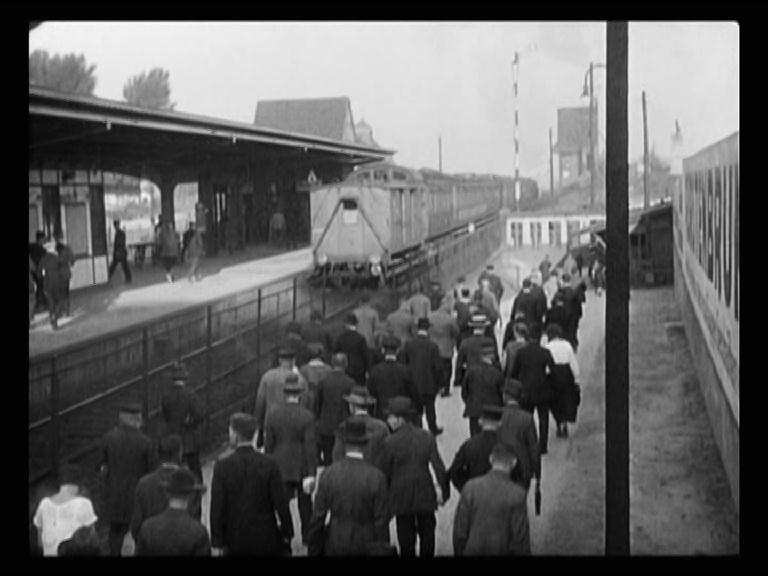
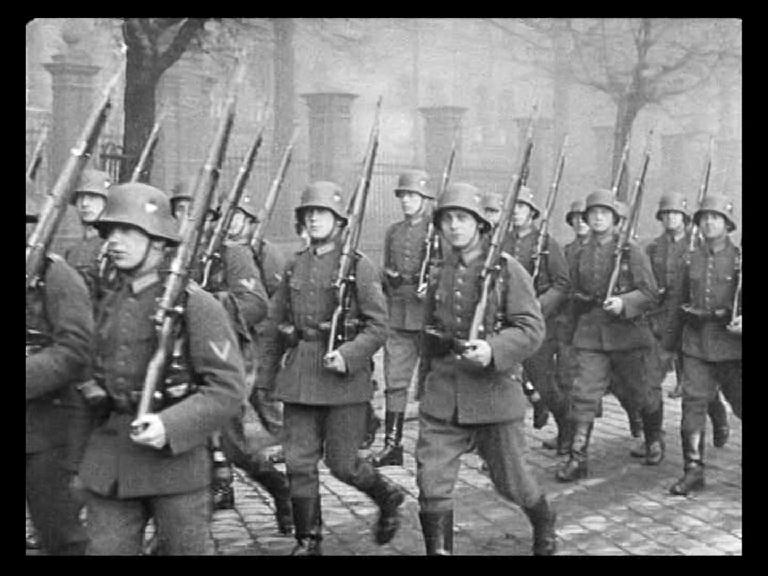

read more
- Melodie der Welt49'
Melodie der Welt / Melodie świata / Melody of the World
Production: GER 1929The documentary, first made as an advertisement for the Hamburg-America Lines, is the first German feature-length film with sound. A sailor and his beloved with all their belongings go to the port where a ship is waiting for them. These are the last sweet moments they spend on land, for they are about to part with what they know and enter the new, faraway land. The picture includes rhythmic sequences that depict the confrontation of man with war, death, love, and fun. A film which by many critics is believed to be the predecessor of such documentaries as “Koyaanisqatsi” by Godfrey Reggio or “Baraka” and “Samsara” by Ron Fricke.
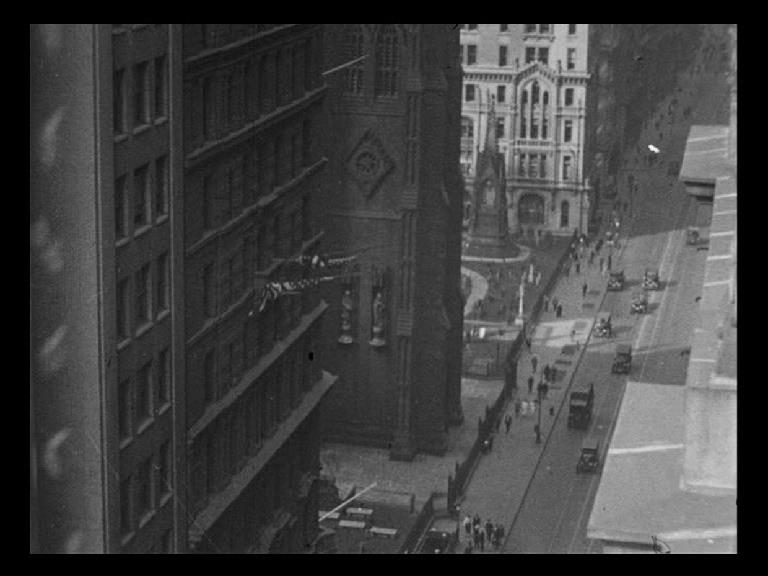
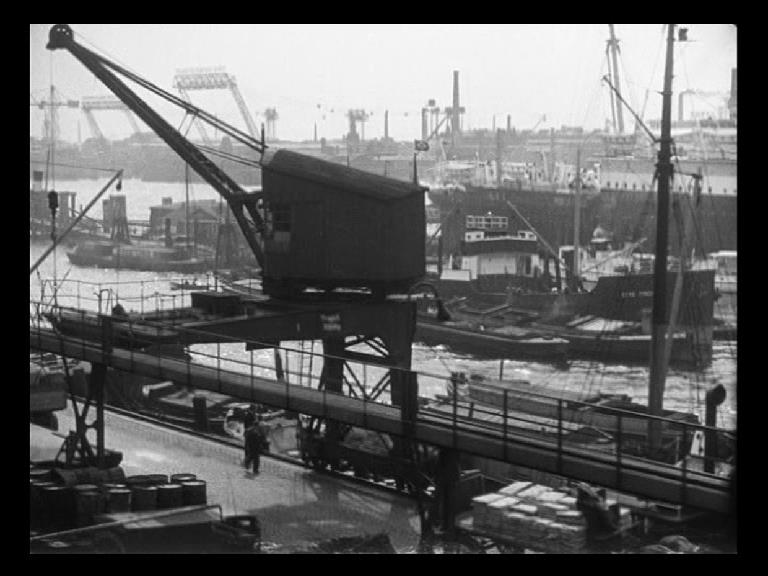
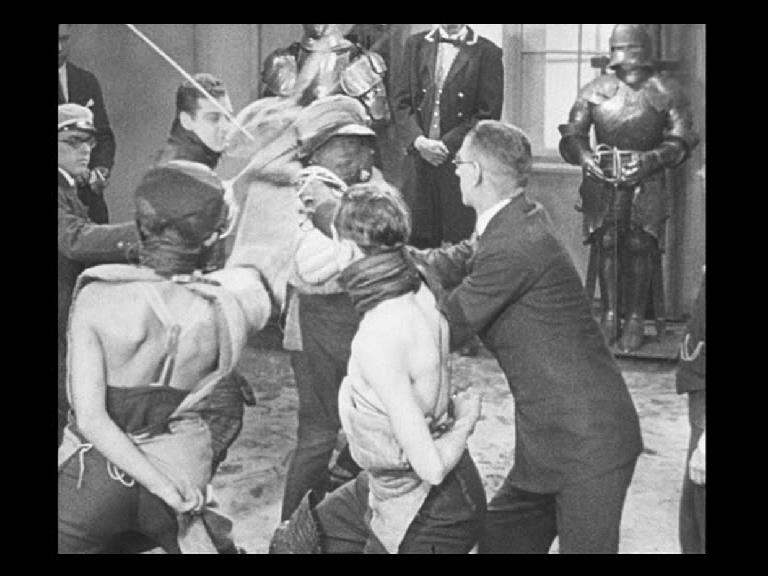
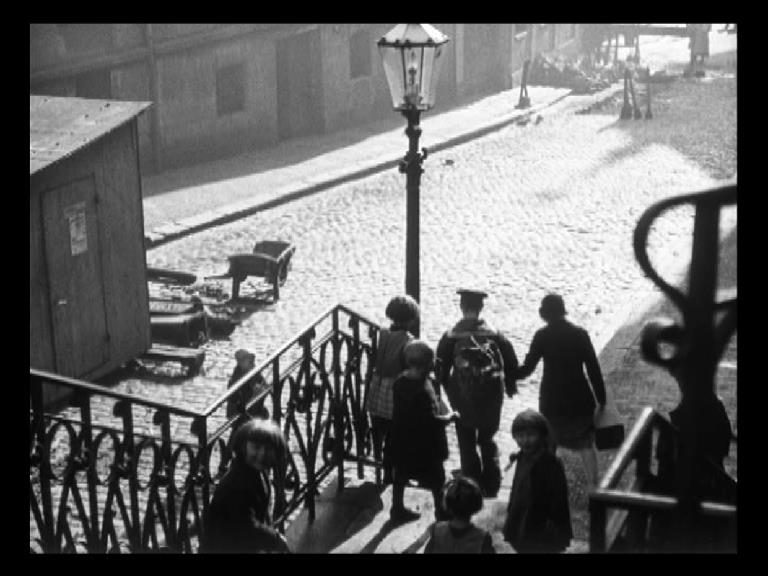
read more - Weekend12'
Weekend
Production: GER 1930, 12‘11-minute “film audio play” which is a real symphony of sound. During one night Ruttmann recorded the sounds of the street, presenting everyday life in Berlin in this (rather humorous) way. This resulted in an extreme film experiment: a film with no picture, where everything happens in the world of sound. The “found” sounds of the city, such as church bells, the noise of the street, or fragments of random conversations make up an organic unity, evoking semantic-acoustic associations in the audience. “Weekend” is a pioneer achievement of the art of sound.
read more
- In der Nacht 7'
In der Nacht / In the night
Production: GER 1931“Eine musikalische Bildphantasie“ – a piano and picture impression made on the 75th anniversary of Robert Schumann's death. The film is a kind of cinematic polemics with the composer's “Night Pieces.” The central motif is water. Water – one of the four elements, the symbol of new life and infinity, in Ruttmann's work shines in a raging whirlpool, a torrent, a steaming geyser. However, the director also shows the gentle face of water – the peaceful water surface or the innocent, playful waves. The film is a predecessor of a music video.
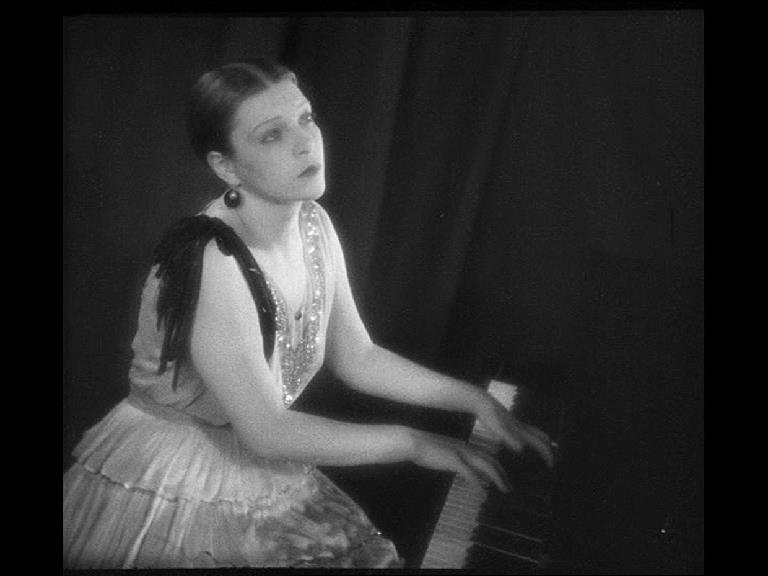
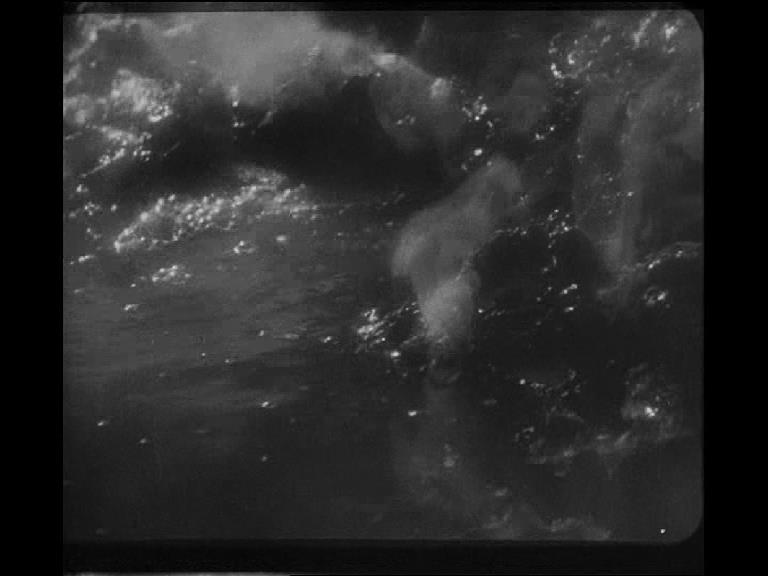
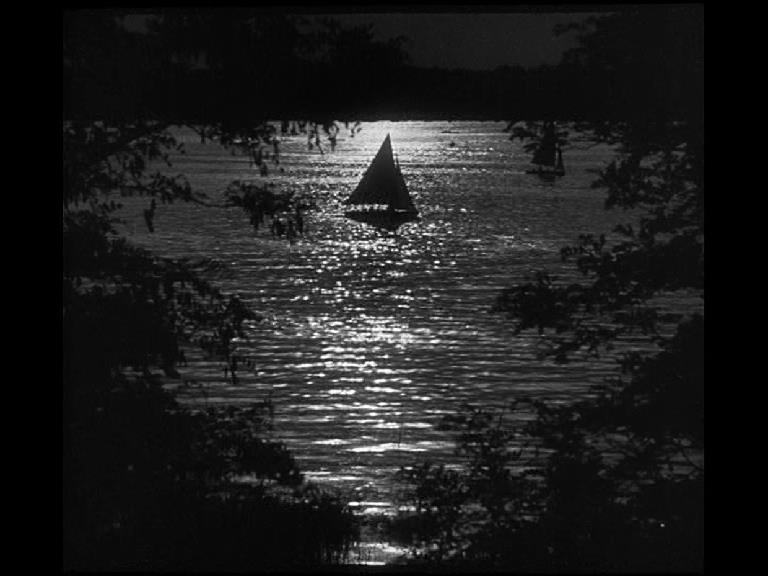
read more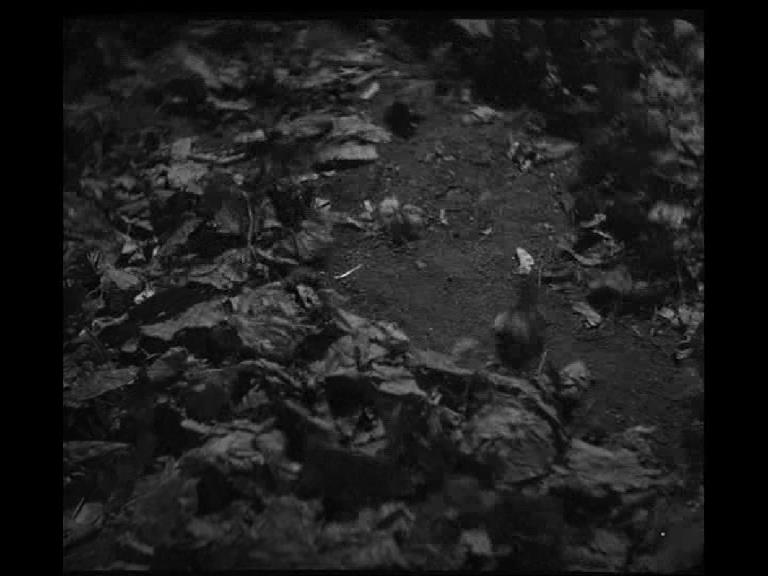
- Walter Ruttmann - Short films 1921-192525'
Experimenting with abstract film, Ruttmann made a series of animated films under the name “Opus.” Those fims are experimental audio-visual forms – geometric forms made to classical music, the aim of which was to expand the range of painting onto the audio-visual medium. “Lichtspiel Opus I” was officially presented in front of a bigger audience in 1921 – it was the first public screening of an abstract film in Germany. Making subsequent instalments of the series, Ruttmann improved his technique fundamentally, becoming the leading representative of German film avant-garde of the 1920s.
Lichtspiel Opus I
Production: GER 1921, 12‘
Opus II
Production: GER 1922, 4‘Opus III
Production: GER 1924, 4‘
Opus IV
Production: GER 1925, 5‘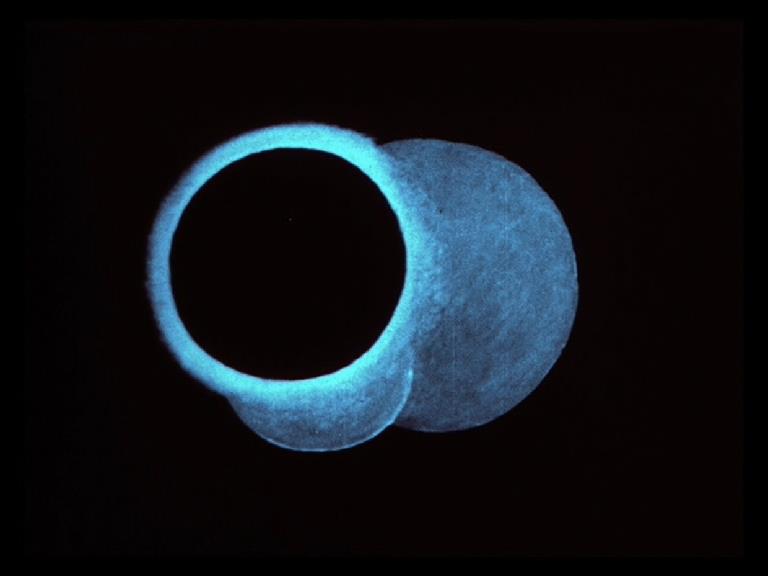
read more
- Walter Ruttmann - Advertisements25'
Short animated films with an element of advertising. Just as with the “Opus,” here we also have mostly moderate surfaces which take the shapes of geometric forms. To suit the needs of the advertisements Ruttmann broadened his spectrum to even more abstract forms and lines. Ruttmann created advertisements for Exelsior tyres, Kantorowicz liqueur, and GESOLEI exhibition in Düsseldorf. The pictures include advertising slogans.
Der Sieger / The winner
Production: GER 1922, 3‘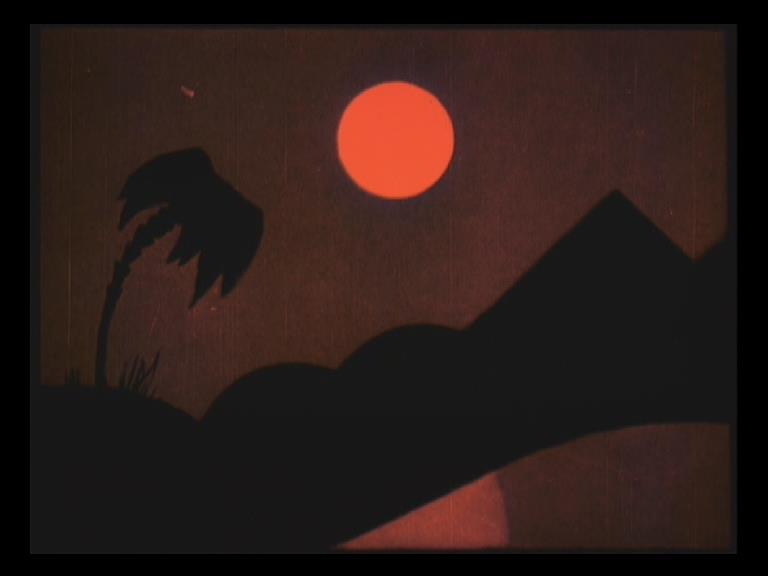
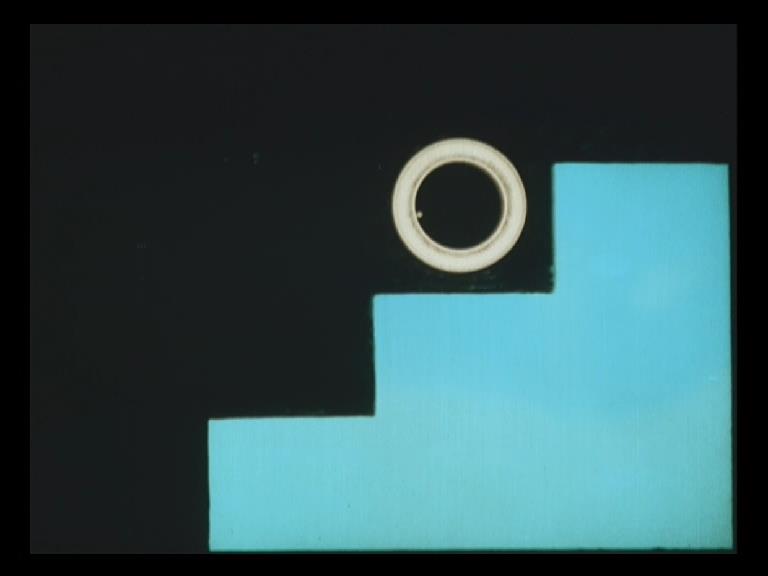
Das Wunder / The wonder
Production: GER 1922, 3‘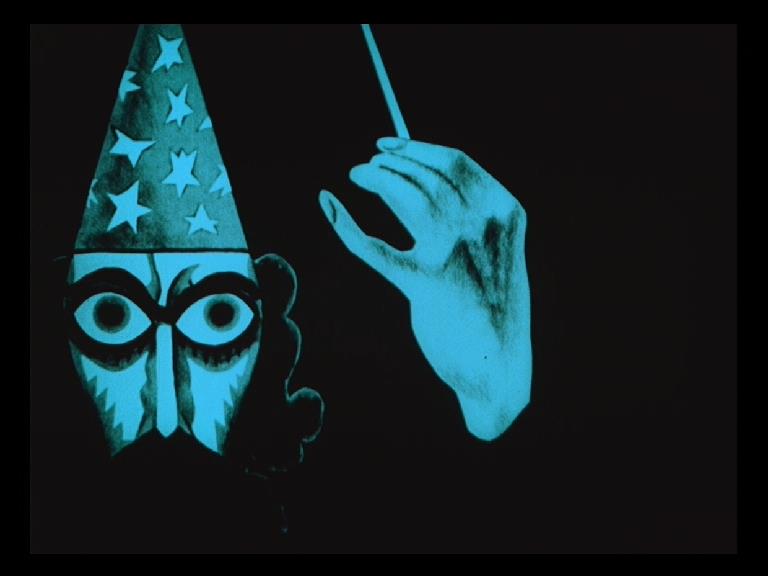

Das wiedergefundene Paradies / Paradise regained
Production: GER 1925, 6‘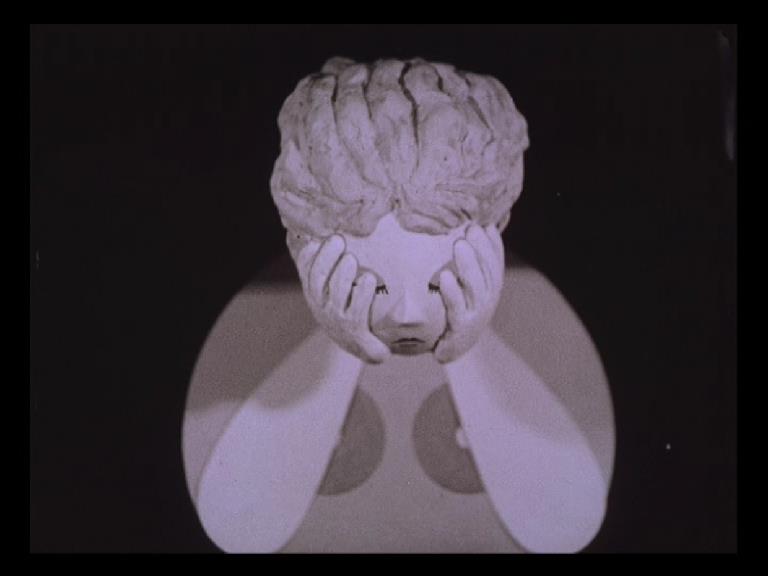
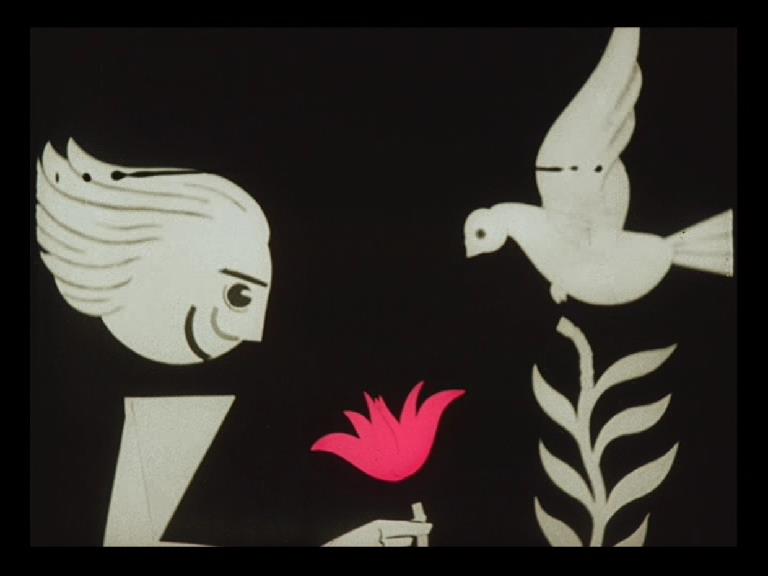
Der Aufstieg / The climb
Production: GER 1926, 4‘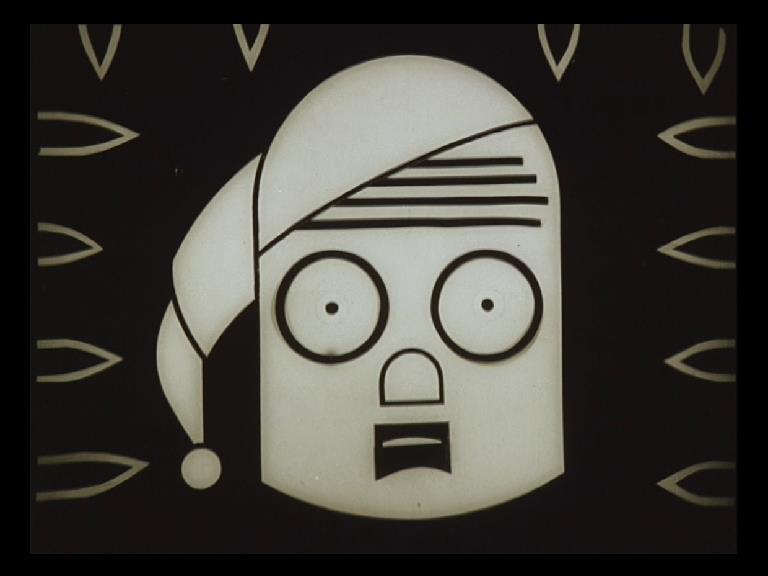
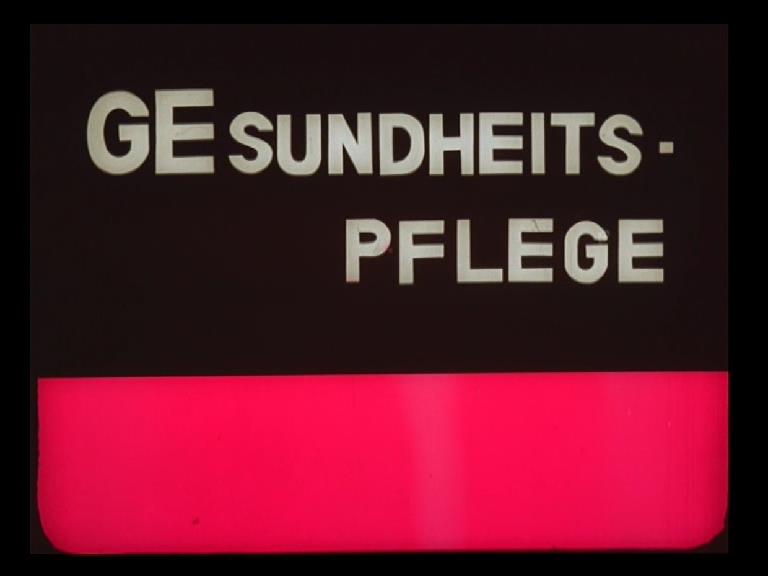
Spiel der Wellen / Play of the waves
Production: GER 1926, 3‘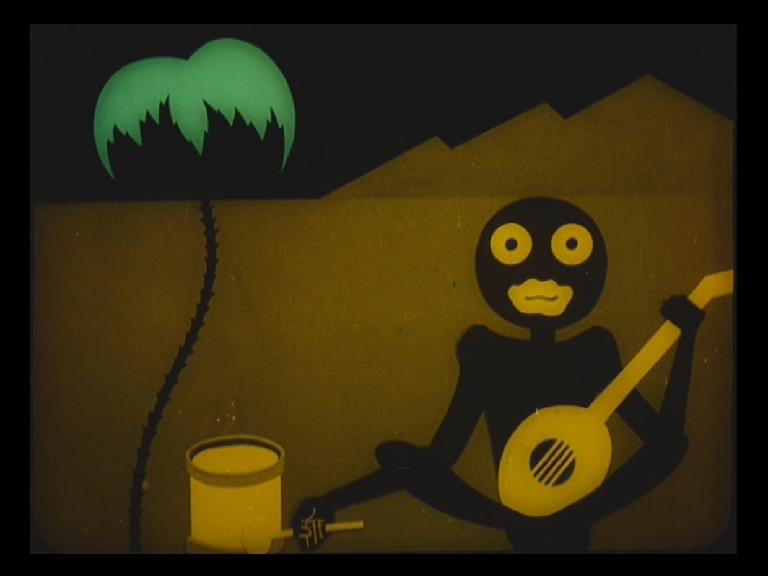

„Dort, wo der Rhein…” / “There, where Rhine...”
Production: GER 1927, 6‘
read more